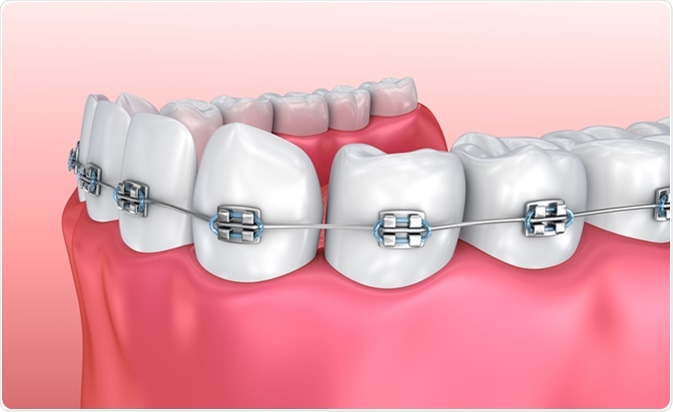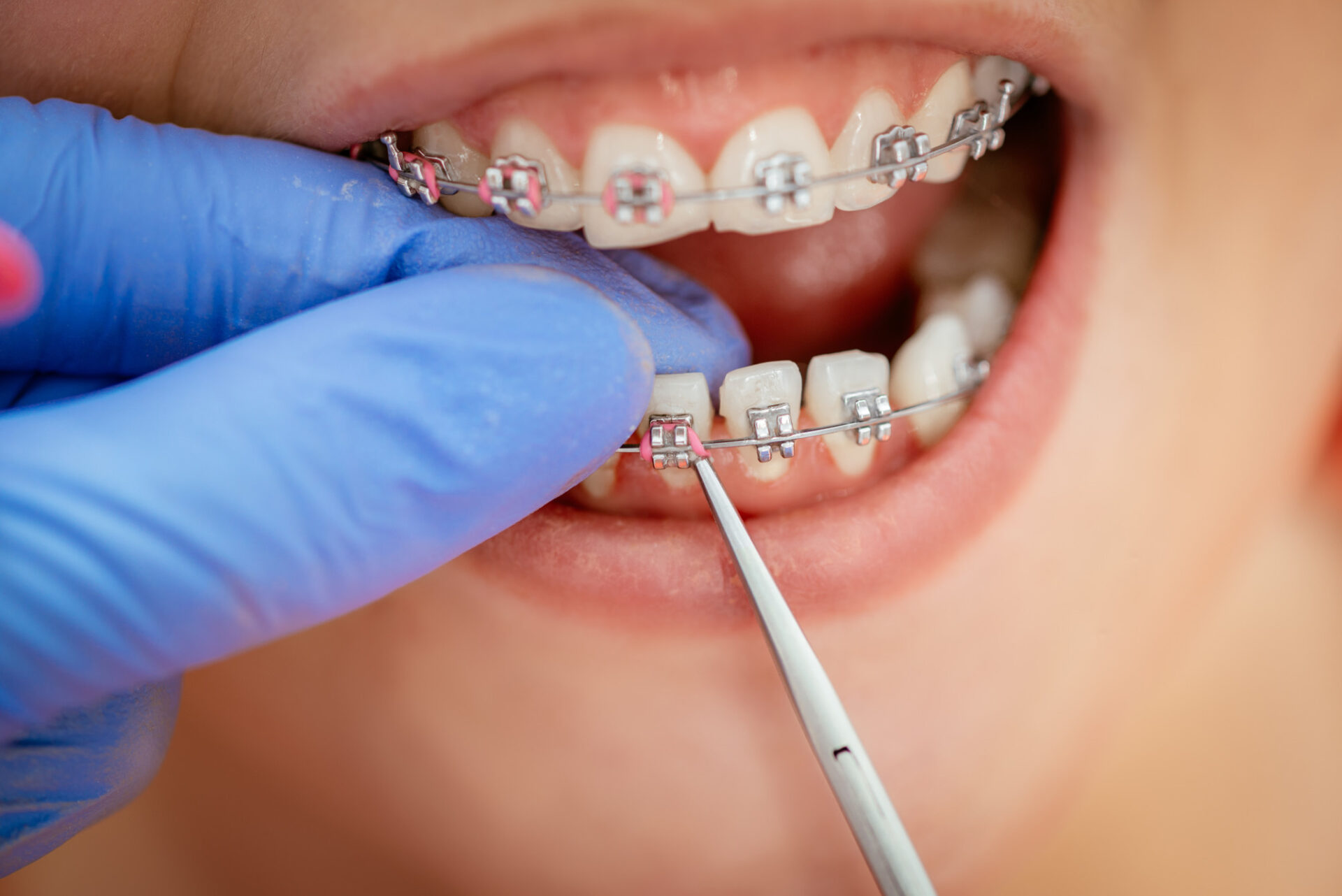Comprehensive Overview to Orthodontics Treatments for Remedying Dental Imbalances
Understanding the ins and outs of each treatment, including their systems, advantages, and potential disadvantages, is essential in making educated decisions regarding one's orthodontic therapy. As we navigate via the detailed overview to orthodontic treatments for correcting oral imbalances, the intricate details of each approach will unfold, losing light on the course toward a harmonious and practical dental positioning.
Orthodontic Procedures Review

Routine adjustments and surveillance are critical components of orthodontic treatment to make certain development is on track and to make any type of necessary modifications along the means. By going through orthodontic procedures, people can not only achieve a straighter smile however additionally enhance their general dental wellness and function.
Traditional Dental Braces: How They Function
When taking into consideration orthodontic treatments for dental misalignments, standard dental braces stand out as a tried and true technique for remedying teeth placing. Conventional braces include brackets, wires, and bands that interact to apply constant pressure on the teeth, slowly relocating them right into the preferred placement. The braces are affixed to the teeth using an unique adhesive, and the wires are threaded through the braces. By readjusting the stress of the wires, orthodontists can control the direction and pressure related to each tooth, assisting them right into appropriate positioning gradually.
As stress is applied to the teeth through the dental braces, the bone surrounding the teeth is reshaped to sustain the new tooth placements. Clients will certainly need regular changes at the orthodontist's workplace to guarantee the dental braces continue to use the correct stress for reliable teeth activity.
Undetectable Aligners: Benefits And Drawbacks
Unnoticeable aligners provide a discreet and convenient choice to conventional braces for fixing dental imbalances. These clear, personalized trays are practically unseen when worn, making them an appealing alternative for individuals looking for a much more cosmetically pleasing orthodontic treatment. One of the primary benefits of invisible aligners is their removability, allowing for much easier upkeep of oral hygiene contrasted to standard braces. Patients can remove the aligners before consuming or cleaning their teeth, minimizing the risk of food getting stuck in the device and streamlining the cleaning procedure.

Surgical Orthodontic Options
Surgical treatments in orthodontics existing viable choices for dealing with intricate dental imbalances that may not be properly solved with traditional orthodontic treatments. While invisible aligners and standard braces can deal with several orthodontic issues, particular cases need medical intervention to accomplish optimal outcomes. Surgical orthodontic choices are commonly suggested for serious malocclusions, significant jaw inconsistencies, and instances where the underlying bone structure requires adjustment to accomplish correct alignment.
One typical medical orthodontic treatment is orthognathic surgery, which includes repositioning the jaws to correct functional problems such as problem talking or chewing. This surgical treatment is frequently done in cooperation with an orthodontist that aids align the teeth before and after the procedure. Surgical orthodontics might click over here likewise include procedures to subject affected teeth, get rid of excess periodontal cells, or improve the jawbone to create an extra unified face account.
Prior to taking into consideration medical orthodontic alternatives, people undergo a detailed analysis to establish the need and possible advantages of such treatments. cumming aligners. While surgical procedure may seem difficult, it can substantially enhance both the function and looks of the smile in situations where traditional orthodontic therapies fail
Retainers and Post-Treatment Treatment

Failure to abide with post-treatment treatment instructions can result in regression, where the teeth gradually relocate back towards their original settings. Constant retainer wear, good dental hygiene, and regular oral check-ups are crucial for preserving the results attained through orthodontic surgical procedure and guaranteeing the lasting stability of the fixed oral alignment.
Final Thought
Finally, orthodontic procedures supply various alternatives for fixing oral imbalances. Traditional dental braces use metal braces and wires to change teeth into appropriate placement. Unnoticeable aligners supply a more discreet option yet may not appropriate for all instances. Surgical orthodontic options are available for a lot more extreme imbalances. Retainers are commonly utilized post-treatment to keep the brand-new alignment. In general, orthodontic procedures can properly improve dental wellness and aesthetic look.
As we browse with the thorough overview to orthodontic treatments for remedying dental misalignments, the elaborate details of each approach will certainly unravel, dropping light on the path toward a harmonious and useful oral positioning. - cumming invisalign
One of the most common orthodontic therapies is the usage of braces, which consist of steel braces and wires that apply mild stress to slowly move teeth into the preferred position.When thinking about orthodontic treatments for dental imbalances, typical dental braces stand out as a reliable approach for dealing with teeth placing. Furthermore, undetectable aligners might not be appropriate for complicated orthodontic issues that call for even more substantial teeth activity, as they are commonly suggested for mild to modest instances. Retainers are tailor-made extract orthodontic devices designed to hold teeth in their corrected placements after the conclusion of orthodontic therapy.